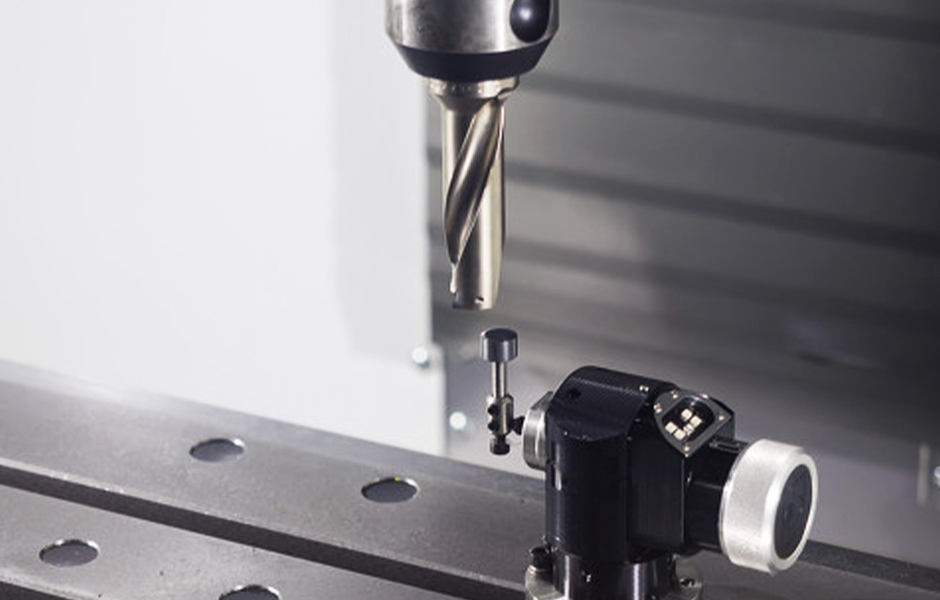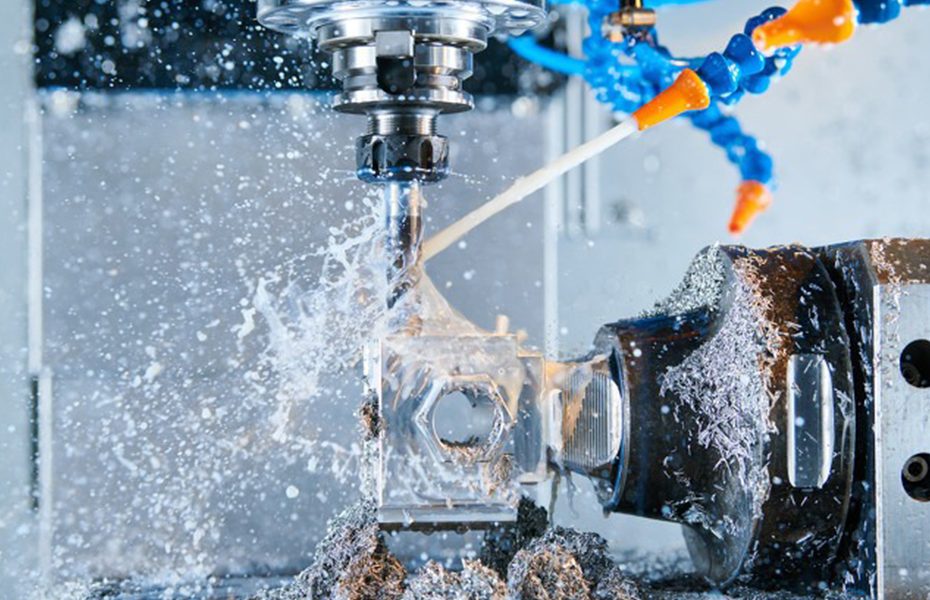Tool skew is one of the common challenges in CNC machining. It will cause machine chatter, destroy the surface finish of the machined parts, and destroy the dimensional accuracy. Usually, the tool is firmly seated in the chuck, but during operation, the reaction force of the material often exceeds the operating force of the tool, which can push or deflect the tool in unexpected directions.
Minimizing tool distortion is important in order to produce parts with precise, precise, and high-quality surface finishes. Tool deflection occurs when the cutting force exceeds the stiffness of the tool, causing the tool to bend. The tool may not feel bent during operation, but must be proven in final testing. Parts made with deflection tools can be deformed, out of tolerance, prone to variation, or have a “cracked” surface finish.
Therefore, if tool deflection occurs, it may cause some errors in the CNC machining process. This is why it is necessary to fully understand what tool skew is, what causes it, and strategies to reduce it. This article discusses all these factors to minimize tool skew.
Tips for reducing tool deformation in CNC machining

While tool bias can lead to large-scale catastrophic disasters, here are some tips you can follow to mitigate it and ensure high accuracy in your final product:
Build tool core strength by changing diameter
Diameter must be considered when calculating deflection. Machinists often use tool diameter when calculating long edge tools, but core diameter is a dimension that must be considered.
This occurs because the grooved portion of the tool lacks material in the groove valley. For the reaching tool, the core diameter is used in the calculation until it reaches the part, then it transitions to the neck diameter.
When changing these values, the deflection can be minimized so that it is negligible for the arriving tool. However, this affects the critical dimensions of long-edge tools.
Learn the difference between flute and long distance
You can minimize deflection by understanding the differences between long-edged and long-reach tools. Their difference in stiffness is due to the core diameter of the tool.
Using more material means more rigidity, and smaller groove length means more rigidity and longer life. Each tool option offers unique benefits and related use cases, so making the right choice for a specific operation is critical.
Application of long distance tools
When you need to remove material from a gap where the shank cannot fit, you can use the reach tool, but the non-cutting extension of the tool diameter will.
The length behind the cutting edge is slightly reduced from the tool diameter to avoid tilting (friction of non-cutting material with the part). Arriving tools add to the toolbox due to their versatility and extended tool life.
Application of long-edged knives
Long-edged knives have longer cutting lengths and are often used to provide seamless walls on the side of the part or in the groove to complete the application.
The core diameter remains the same throughout the cutting length, which results in a greater chance of skew within the part. If too few cutting edges involve high feed rates, this can result in tapered edges.
These tools are very effective when cutting deep grooves. Using HEMs can also prove beneficial as they have chip evacuation capabilities that reach tools lack.
Reduce overhang length
The length between the clutch point and the operating tip of a CNC tool is its overhang. Since the tool is mounted as a cantilever beam, it must always withstand bending stresses in addition to external vertical and horizontal forces.
According to the load-stress theory of cantilever beams, shorter overhangs result in lower bending stress effects. This situation means that the minimization of tool overhang helps reduce tool deflection.
Increase tool stiffness
CNC machining tools usually consist of high-speed steel (HSS). High-speed steel helps facilitate machining operations; however, exposure to higher stress loads can cause the tool to deform easily.
Carbide cutting tools are an alternative to HSS cutting tools, considering that carbide is three times as rigid as HSS. However, brittle carbides can be used to reduce deformation. When using carbide tools, operators must pay more attention to tool breakage, as this could jeopardize their safety.
Final Words
In summary, optimizing tool selection and setup geometry to minimize unsupported lengths and maximize tool stiffness reduces tool deflection, which improves part quality and reduces machining costs.
CNC MACHINING SERVICE
At Dfm China, with a lineup of advanced CNC machining equipment and a commitment to precision, we can handle machining projects ranging from prototype orders to high-volume production runs. Request a quote to start your order.
